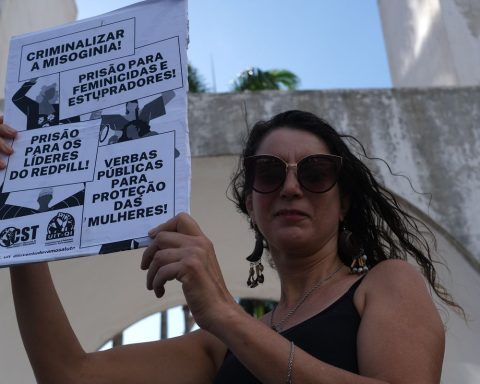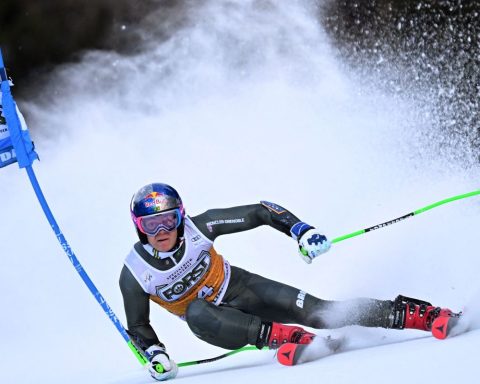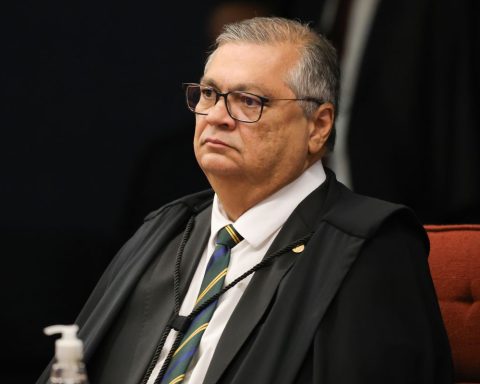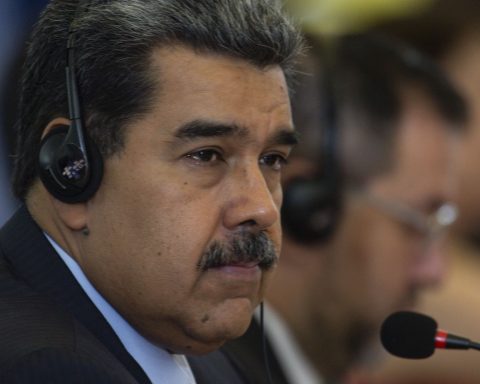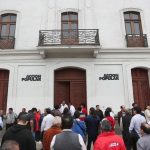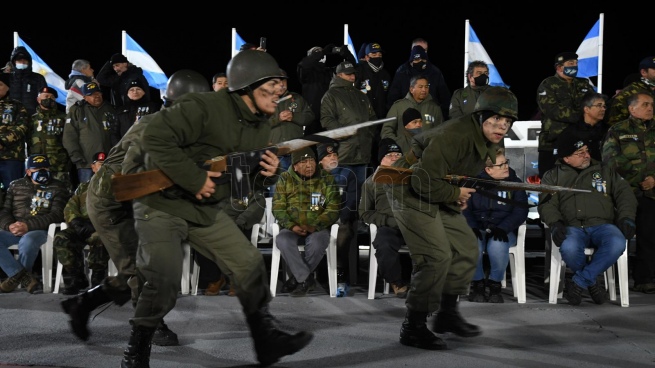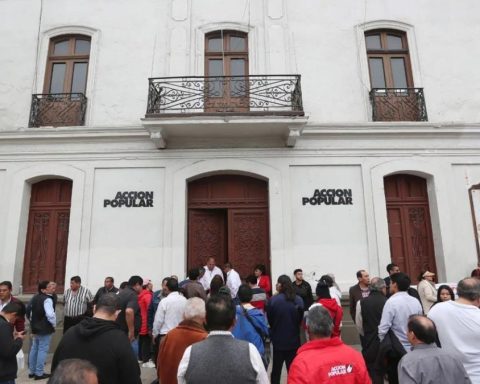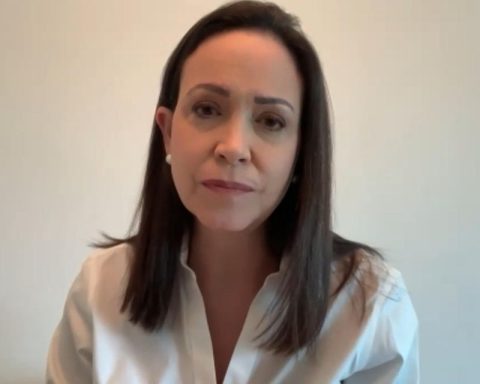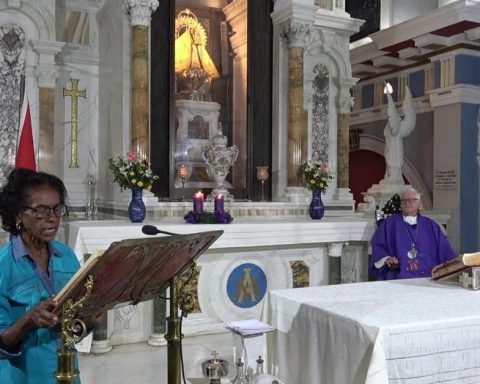The exhibition “rupture and the group: abstraction and concrete art, 70 years” premieres this Saturday (2), at the Museum of Modern Art (MAM) in São Paulo. The work is a reinterpretation of the historical exhibition of the Ruptura group, in 1952, when a manifesto of the same name was launched, which defended new artistic paradigms that were the basis of Brazilian concrete art developed in the 1950s. The curatorship is by Heloisa Espada and Yuri Quevedo.
“It’s a very radical proposal in Brazilian art in the late 40’s and 50’s”, points out the curator. She explains that the movement advocated abstraction as the language that would break with art’s tradition of representing things. “In Brazil, this was very different from what was done, because it was only in the late 1940s, 1950s, that the first expressionist artists began to appear”, she points out. This reflected a period of post-war reconstruction, a period in which avant-gardes were persecuted by totalitarian regimes.
“For us it’s abstract, but they thought that was the most concrete way of making art. It was the truest thing possible for art, because it wouldn’t be the shadow of anything, it wouldn’t be representing anything, any idea. She herself would be a pure idea”, describes Heloísa. She adds that, in this sense, many works are called “visible ideas”.
During the 1950s, participating artists are Anatol Wladyslaw; Geraldo de Barros; Hermelindo Fiaminghi; Judith Lauand; Kazmer Fejer; Leopold Haar; Lothar Charoux; Luiz Sacilotto; Maurício Nogueira Lima and Waldemar Cordeiro.
“In this exhibition of 52, we see a lot of difference in the languages of each one. Then, throughout the 1950s, these ideas became stronger and clearer and they began to defend an idea of concrete art”, explains the curator.
For Heloísa, the exhibition recalls the role of art in breaking with conventional ways of seeing the world. “Today, we have several artists who are proposing radical changes, not exactly in art, but in the way we relate to each other, break social hierarchies, break ingrained gender ideas. Formally, this has nothing to do with concrete art, but there are a number of artists who are proposing a rupture with a way of seeing the world, with how the world is organized, because the way we are seeing the world go , he is heading towards the abyss.”
The exposure
The first section of the exhibition dates back, through documents and works, to the 1952 exhibition. “ The history of this exhibition is very curious, because it only lasted 12 days, in fact, it was held at the end of the year, in December, and it It lasted 12 days and has already caused such a stir in art”, says Quevedo. Among the paintings on display are Archimedes’ Optical Development of the Spiral (1952), by Waldemar Cordeiro, and Vertical Vibrations (1952), by Luiz Sacilotto.
“We realized that it was almost impossible, despite having photos, there are few records of setting up the exhibition. We couldn’t find out exactly what the works are. So we started approaching works from the same period and sewing with what these artists were working on and what it would be possible for them to have shown”, explains Quevedo about the curatorial work.
Sacilotto’s work, for example, was identified through drawings in a diary of the artist that was in the collection of the Museu de Arte de São Paulo (MASP).
The next section addresses what artists were producing a few years before 1952. “It is very interesting because they are drawings and it starts with drawings that are still a little figurative. They are drawings of views from the studios, still lifes, but you can already see that you are interested in abstraction as a method of looking at things. There is a procedure of abstraction there, abstraction as a possibility of analyzing the world”, points out the curator.
The exhibition follows with a segment on concrete art. “When we see the work of the whole group together, we realize how much they are a group”, says Quevedo.
The final part brings elements of the artists’ work sequence, as they begin to reflect on the use of colors and the relationship between them. “It’s a very new core of the exhibition. It’s a checkmate, because later this will point to the dissolution of the group, on the one hand, and then to what these artists will do in other areas, at other times”, reveals Quevedo.
retro memory
Also this Saturday (2) premieres the art installation Retromemória, developed by visual artist and poet Lenora de Barros. The work, which will occupy the Museum’s Glass Room, makes a dialogue with the work Spider, conceived by Louise Bourgeois in 1996 and which was exhibited for about 20 years in the same space.
“The installation expresses the fragmented movement of memory through the use of the rearview mirror. The artist works on the concept of retrovision, looking back to go forward, the movement of coming and going, forming representations and projecting lights around the room”, says the text promoting the work.


